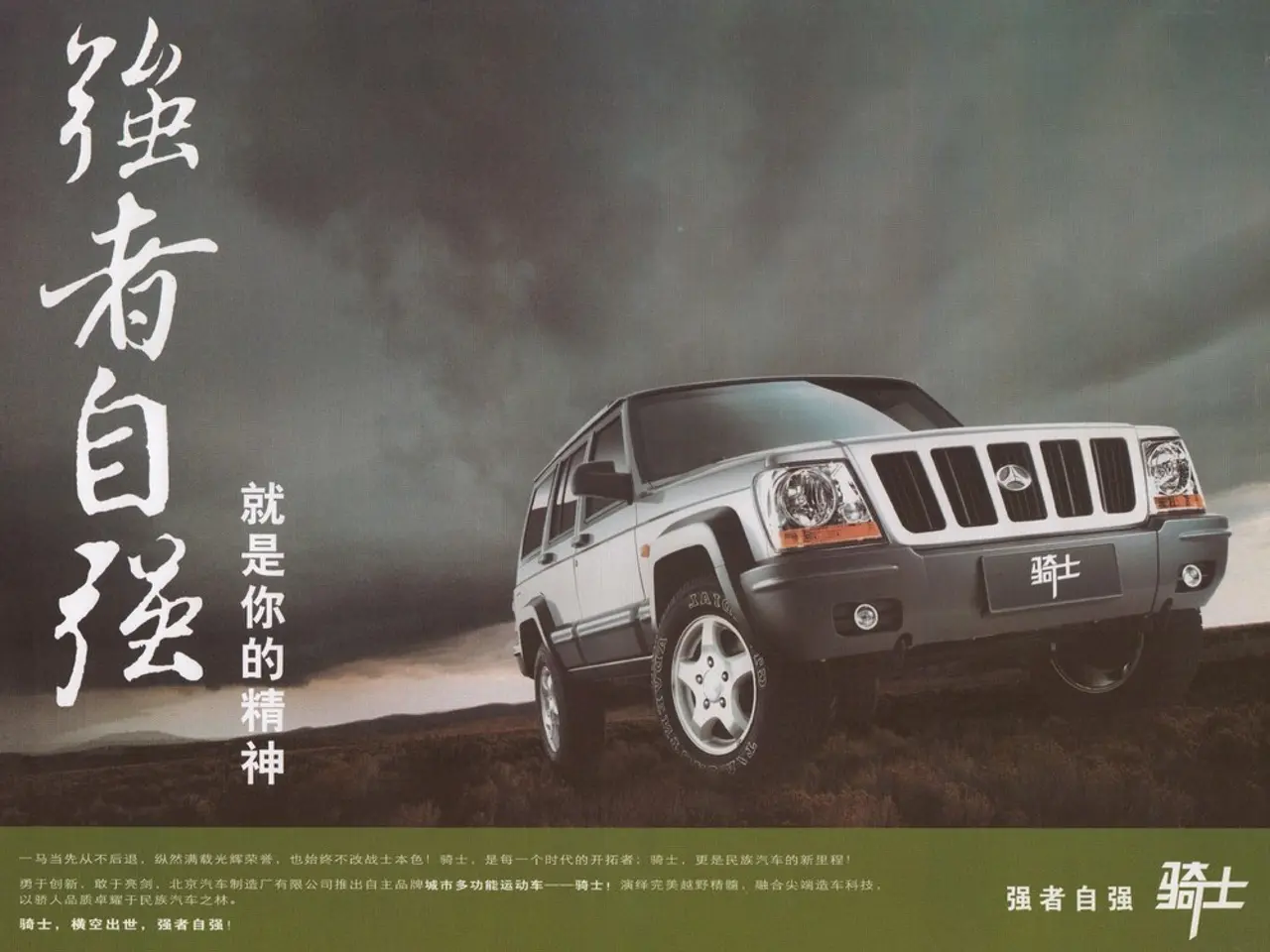The strategic confrontation over rare earth elements between the United States and China: Who will hesitate first?
In the realm of global resource distribution, one industry stands out for its unique dynamic: the rare earth elements (REE) market. The U.S., a nation striving for self-sufficiency, finds itself in a precarious position, heavily dependent on China for these essential materials.
Mountain Pass, the sole rare earth mining company in the U.S., produces less than 5% of the world's total REE capacity. In stark contrast, China accounts for nearly 70% of global processing of these materials, and controls almost 100% of the world's supply of dysprosium and terbium, heavy rare earths critical for high-tech applications.
This dependence has left the U.S. vulnerable, with approximately 96% of its REEs coming from China. The U.S. government has taken steps to mitigate this reliance, announcing plans to set a minimum purchase price for MP Materials, the operator of Mountain Pass, at nearly double the current market price.
However, China's control extends beyond direct exports. In recent months, Chinese authorities have limited rare earth exports to the U.S. defense industry, with no substantial easing since July. Exports of terbium and dysprosium to the U.S. fell to zero in May and June.
Beijing's dominance in the REE market gives it significant leverage in trade, technology, and strategic negotiations. China has used rare earths as a bargaining chip in the past, imposing controls on global exports in 2018 and 2023, and restricting exports to countries like Japan in 2010.
This weaponization of rare earths has disrupted industries in the U.S., Japan, South Korea, Germany, India, and other countries, potentially leading to plant shutdowns. China has also imposed export controls on rare earth processing and refining technologies, making it difficult for other countries to develop their own REE industries.
The U.S. government is taking steps to break this cycle of dependence. The Trump administration is attempting to poach Chinese technicians to participate in local REE development. The U.S. Department of Defense has allocated more than $100 million to Australia's Lynas to build a rare earth separation facility in Texas.
Australia, a potential ally of the U.S., has the potential to become the world's second-largest source of light rare earths, supplying 15 to 20% of the world's neodymium and praseodymium. If successful, this could significantly reduce the U.S.'s reliance on China.
The U.S. trade deficit with China is enormous, and China has responded to President Trump's tariff war with increased resolve. The ongoing standoff between the two superpowers promises to shape the future of the REE market, with implications for industries ranging from renewable energy to defense technology.
As the U.S. accelerates its push for an independent REE pricing mechanism to stimulate investment in the industry, the stage is set for a fascinating battle of economic and technological wills. The outcome could determine the balance of power in the global REE market for years to come.








